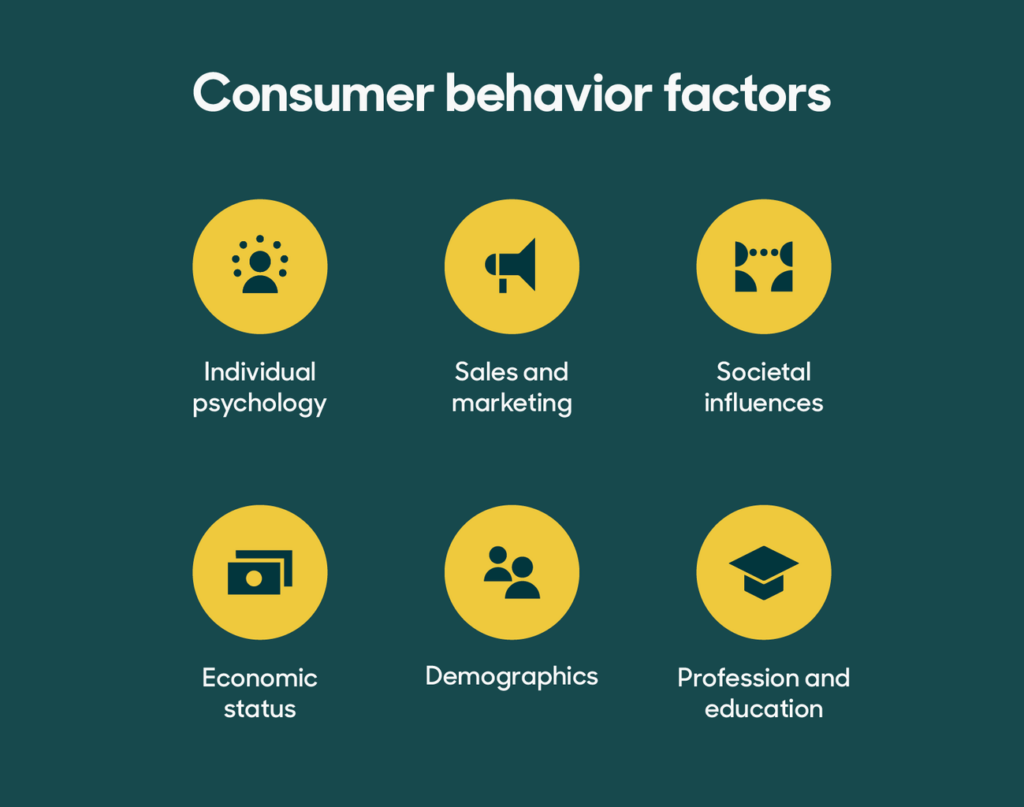Unraveling the Mystery: Decoding Consumer Behavior
In today’s digital age, understanding consumer behavior has become more crucial than ever for businesses looking to thrive in a competitive market. With the rise of e-commerce and social media, consumers have more choices and information at their fingertips than ever before. Deciphering the mysteries behind what drives consumer decisions can give businesses a significant edge in attracting and retaining customers.
One key aspect of decoding consumer behavior is recognizing the influence of digital technology. With the internet playing a central role in the way consumers research products, read reviews, and make purchases, businesses must adapt their marketing strategies to meet the needs and expectations of tech-savvy consumers. From targeted online ads to personalized email campaigns, companies can leverage digital tools to better understand and connect with their target audience.
Another important factor in decoding consumer behavior is recognizing the power of social media. Platforms like Facebook, Instagram, and Twitter have revolutionized the way consumers interact with brands, share recommendations, and make purchasing decisions. By monitoring social media trends and engaging with customers online, businesses can gain valuable insights into consumer preferences and behavior.
Furthermore, the rise of mobile technology has transformed the way consumers shop and make purchasing decisions. With smartphones and tablets becoming ubiquitous, businesses must ensure that their websites and online platforms are optimized for mobile devices. By providing a seamless and user-friendly mobile experience, companies can cater to the needs of on-the-go consumers and drive sales.

Image Source: 42signals.com
In addition to digital technology, psychology also plays a significant role in decoding consumer behavior. Understanding the underlying motivations and emotions that drive consumer decisions can help businesses tailor their marketing strategies to better resonate with their target audience. By tapping into consumer desires, fears, and aspirations, companies can create more compelling and effective marketing campaigns.
Moreover, the concept of social proof is another key factor in decoding consumer behavior. Consumers are more likely to trust and make purchasing decisions based on recommendations from friends, family, and online reviews. By cultivating positive reviews and testimonials, businesses can build trust and credibility with potential customers, ultimately driving sales and loyalty.
Furthermore, the growing trend of experiential marketing has become a powerful tool for decoding consumer behavior. By creating immersive and interactive brand experiences, businesses can engage consumers on a deeper level and create lasting impressions. From pop-up shops to virtual reality experiences, companies are finding innovative ways to connect with consumers and drive brand loyalty.
Ultimately, decoding consumer behavior in the digital age is a multifaceted process that requires a deep understanding of technology, psychology, and marketing strategies. By staying attuned to digital trends, social media insights, and consumer motivations, businesses can gain a competitive edge and build lasting relationships with their target audience. Embracing the mysteries behind consumer behavior can unlock new opportunities for growth and success in today’s fast-paced digital landscape.
Navigating the Digital Landscape: Insights and Strategies
In today’s digital age, consumers are constantly bombarded with information and choices when it comes to making purchasing decisions. With the rise of e-commerce and social media, the way consumers interact with brands and products has drastically changed. As a result, businesses need to understand and adapt to these changes in order to effectively reach and engage with their target audience.
One of the key aspects of decoding consumer behavior in the digital age is understanding the digital landscape. This includes the various platforms and channels that consumers use to research, connect, and make purchases. From social media platforms like Facebook and Instagram to e-commerce websites like Amazon and eBay, consumers have more options than ever before when it comes to shopping online.
To navigate this complex digital landscape, businesses need to stay up-to-date on the latest trends and technologies. This includes understanding the power of influencers and social media marketing, as well as the importance of search engine optimization (SEO) and online advertising. By leveraging these tools and strategies, businesses can reach their target audience more effectively and drive sales.
Another important aspect of decoding consumer behavior in the digital age is understanding the psychology behind online shopping. With the rise of e-commerce, consumers have become more accustomed to instant gratification and personalized shopping experiences. This means that businesses need to tailor their marketing strategies to meet the needs and expectations of their customers.
One strategy that businesses can use to navigate the digital landscape is to personalize the shopping experience for each individual customer. This can be done through targeted advertising, personalized recommendations, and customized shopping experiences. By understanding the preferences and behaviors of their customers, businesses can create a more engaging and personalized shopping experience that drives sales and builds customer loyalty.
In addition to personalization, businesses also need to focus on building trust and credibility with their customers in the digital age. With the rise of online reviews and social proof, consumers are more likely to trust the opinions of other customers when making purchasing decisions. This means that businesses need to focus on building a positive online reputation and providing excellent customer service in order to earn the trust of their customers.
One strategy that businesses can use to build trust and credibility with their customers is to engage with them on social media and respond to their feedback and reviews. By showing that they are listening to their customers and taking their feedback seriously, businesses can build a loyal customer base and drive repeat purchases.
Overall, navigating the digital landscape requires a deep understanding of consumer behavior and the ability to adapt to the changing digital landscape. By staying up-to-date on the latest trends and technologies, businesses can effectively reach and engage with their target audience in the digital age. By personalizing the shopping experience, building trust and credibility, and leveraging the power of influencers and social media marketing, businesses can drive sales and build a loyal customer base in the digital age.
Understanding Customer Behavior in the Digital Marketing Era